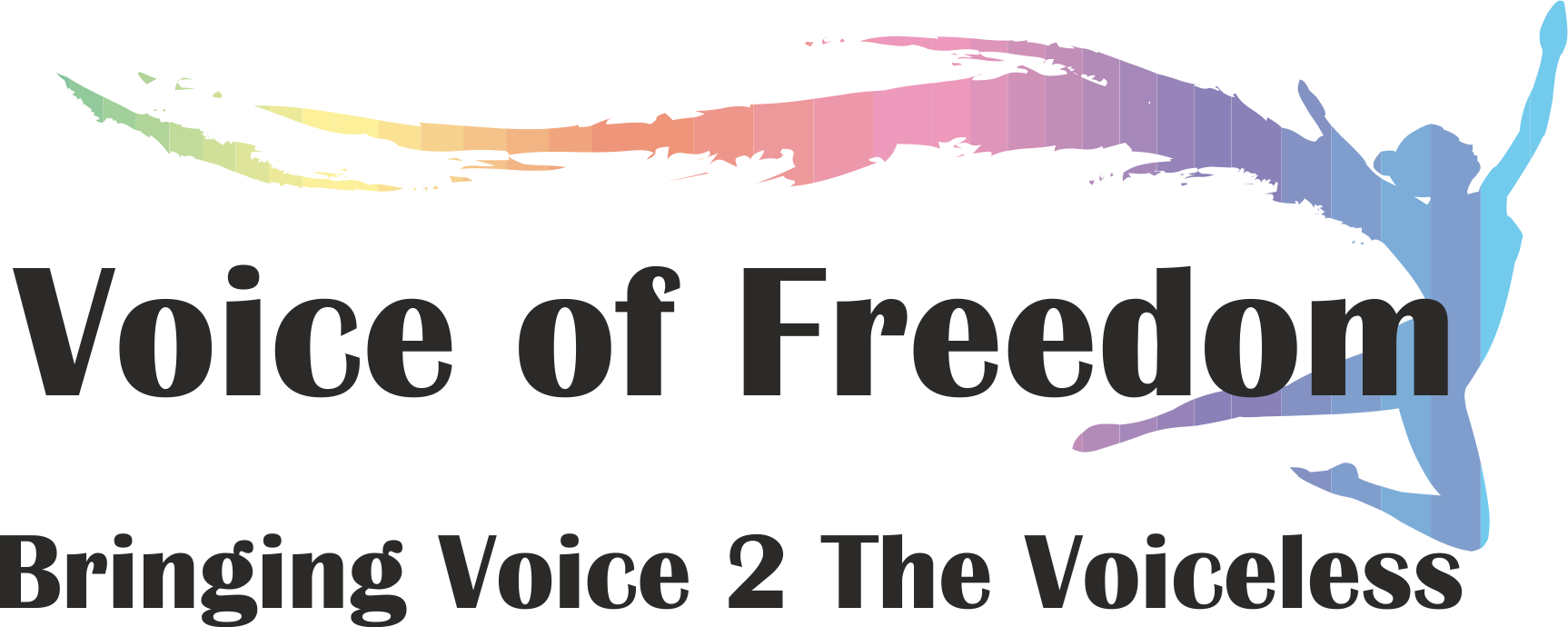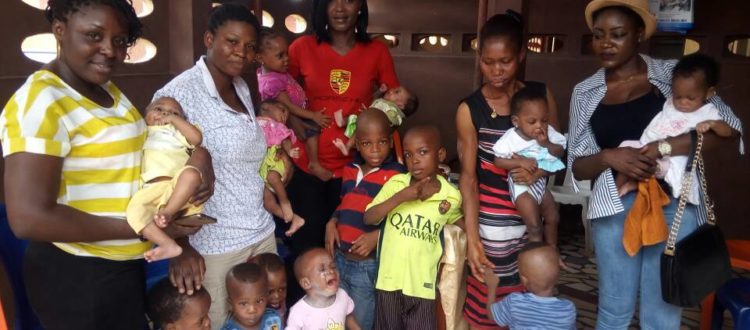How Orphans Survive
An orphan is any child who has no parents; either they are dead, unknown, or they have permanently abandoned him or her.
Generally, only children who have lost both parents to death are considered orphans. However children who have reached adulthood before their parents died are not considered orphans, as the term is generally reserved for children whose parents have died while too young to support themselves.
How do they Survive?
These children are housed in orphanages for a number of years after which they are released to go cater for themselves. Their chances of survival are slim as some of them are unable to get quality education and home training. As a result, they resolve to stealing or using other dubious means to survive.
This has also resulted in an increase in child poverty globally. Below are highlights of 7 facts that galvanized UNICEF and partners to end Child poverty: Source (UNICEF)
- Today, 1 billion less people live on extreme poverty than 20 years ago.
- Children account for nearly half of the world’s extreme poor. And yet over 900 million people – or 1 in 7 people – are still living in extreme poverty. Many are kids. The latest data tells us that 47 percent of those living in extreme poverty are 18 years old or younger. If we want to end poverty one day, we need to focus on them.
- In sub-Saharan Africa alone, 247 million children are deprived of their basic rights. Child poverty is about more than just money – it’s multidimensional. For children, poverty means being deprived in crucial aspects of their lives such as nutrition, healthcare, water, education or shelter. UNICEF estimates that 2 in 3 children across 30 sub-Saharan countries suffer from two or more of these deprivations.
- 1 in 4 children are living in poverty in the world’s richest countries. Children are affected by poverty in rich countries too. Today, there are 26 million children at risk of poverty or social exclusion in the EU. And the ‘great recession’ has plunged an increasing number of children into relative poverty across the world’s most developed countries, revealing that child poverty is a universal challenge that requires a global response.
- In almost every country in the world children are more likely to live in poverty than adults. Whether using the extreme poverty line, or the Multidimensional Poverty Index, data tells us children are more likely to live in poverty than other groups. Ending child poverty is a challenge in many countries around the world and one of the world’s most urgent tasks.
- Only half of all countries in the world have child poverty data. Data is the basis for ending child poverty. Our analysis tells us that only about half of all countries have data on child poverty, and this is often infrequently produced and reported. We now have a unique opportunity to change this as we start to monitor the newly agreed Sustainable Development Goals (SDGs).
- Only one-third of the poorest are covered by social protection. Social protection programmes have demonstrated long-lasting benefits for many families and children living in poverty, yet only one-third of the world’s poor are covered. To end child poverty, we must ensure children are protected from risks and vulnerability and have better access to the services they need.
We now have a huge opportunity to change these facts, and support efforts to end child poverty as part of the new SDGs.
Voice of Freedom foundation offers a great opportunity to care for, restore and plant seeds of hope in the lives of these children. The children are given a chance to rise above circumstances and become useful members of the society.



Our visit to Edo state Orphanage in Nigeria.
We Voice of Freedom invite you to actively be a part of the solution. Lend a helping hand now. Visit our website www.thevoiceoffreedom.org; to get involved and you will be glad you did.

